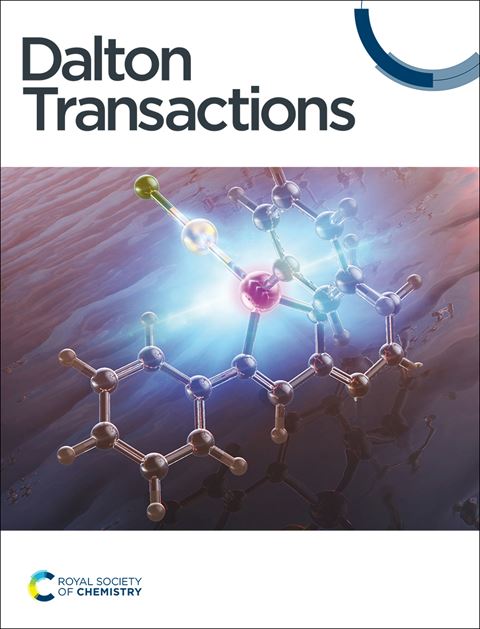Graphitization of Tincone via Molecular Layer Deposition: Investigating Sulfur’s Role and Structural Impacts
IF 3.5
3区 化学
Q2 CHEMISTRY, INORGANIC & NUCLEAR
引用次数: 0
Abstract
This study investigated the synthesis of sp2 carbons using molecular layer deposition (MLD) with tincone, which utilized tetrakis(dimethylamido)tin (TDMASn) as the metal precursor and 4-mercaptophenol (4MP) as the organic linker. Tincone films were deposited at 100 °C without impurities and then subjected to vacuum post-annealing in a tube furnace to induce graphitization. Compositional and structural analyses revealed significant changes as the annealing temperature increased, including the breakdown of the bonds between Sn, O, S, and C . This process led to the reduction of Sn, O, and S and the formation of sp2 carbons. At 400 °C, the film thickness was reduced by 57.5%, and the refractive index increased from 1.8 to 1.97, as confirmed by the emergence of G-band and 2D-band peaks in the Raman spectra. X-ray photoelectron spectroscopy analysis indicated that the residual Sn content decreased to 0.75% at 600 °C. Interestingly, at temperatures above 400 °C, unique behavior was observed: increased C-S bonding disrupted the graphite structure due to the thiol (-SH) groups in 4MP. This disruption led to a reduction in C-C bonding and a decrease in the G-band peak in the Raman spectra. This study provides the first detailed investigation of the role of S in the graphitization of tincone, highlighting its impact on sp2 carbon formation and emphasizing the importance of the careful selection of precursors and linkers in MLD processes.通过分子层沉积实现 Tincone 的石墨化:探究硫的作用和结构影响
本研究利用分子层沉积(MLD)技术,以四(二甲基氨基)锡(TDMASn)为金属前驱体,4-巯基苯酚(4MP)为有机连接剂,研究了sp2 碳的合成。Tincone 薄膜在不含杂质的 100 °C 下沉积,然后在管式炉中进行真空后退火以诱导石墨化。成分和结构分析表明,随着退火温度的升高,锡、O、S 和 C 之间的键发生了显著变化。这一过程导致了 Sn、O 和 S 的减少以及 sp2 碳的形成。在 400 °C 时,薄膜厚度减少了 57.5%,折射率从 1.8 增加到 1.97,拉曼光谱中出现的 G 波段和 2D 波段峰证实了这一点。X 射线光电子能谱分析表明,在 600 °C 时,残余锡含量降至 0.75%。有趣的是,在温度高于 400 °C 时,观察到了独特的行为:由于 4MP 中的硫醇(-SH)基团,C-S 键的增加破坏了石墨结构。这种破坏导致 C-C 键的减少和拉曼光谱中 G 波段峰的降低。本研究首次详细探讨了 S 在锑酮石墨化过程中的作用,强调了其对 sp2 碳形成的影响,并强调了在 MLD 过程中仔细选择前体和连接体的重要性。
本文章由计算机程序翻译,如有差异,请以英文原文为准。
求助全文
约1分钟内获得全文
求助全文
来源期刊

Dalton Transactions
化学-无机化学与核化学
CiteScore
6.60
自引率
7.50%
发文量
1832
审稿时长
1.5 months
期刊介绍:
Dalton Transactions is a journal for all areas of inorganic chemistry, which encompasses the organometallic, bioinorganic and materials chemistry of the elements, with applications including synthesis, catalysis, energy conversion/storage, electrical devices and medicine. Dalton Transactions welcomes high-quality, original submissions in all of these areas and more, where the advancement of knowledge in inorganic chemistry is significant.
 求助内容:
求助内容: 应助结果提醒方式:
应助结果提醒方式:


